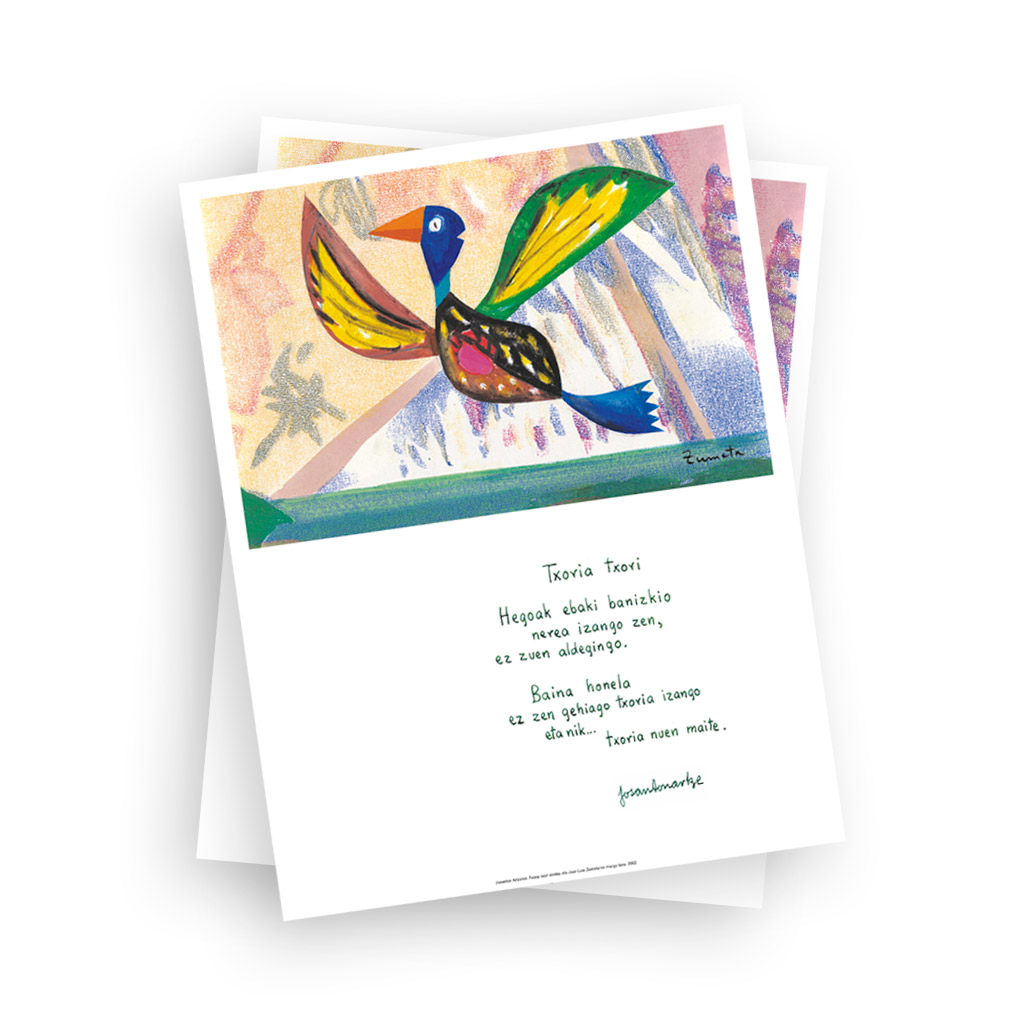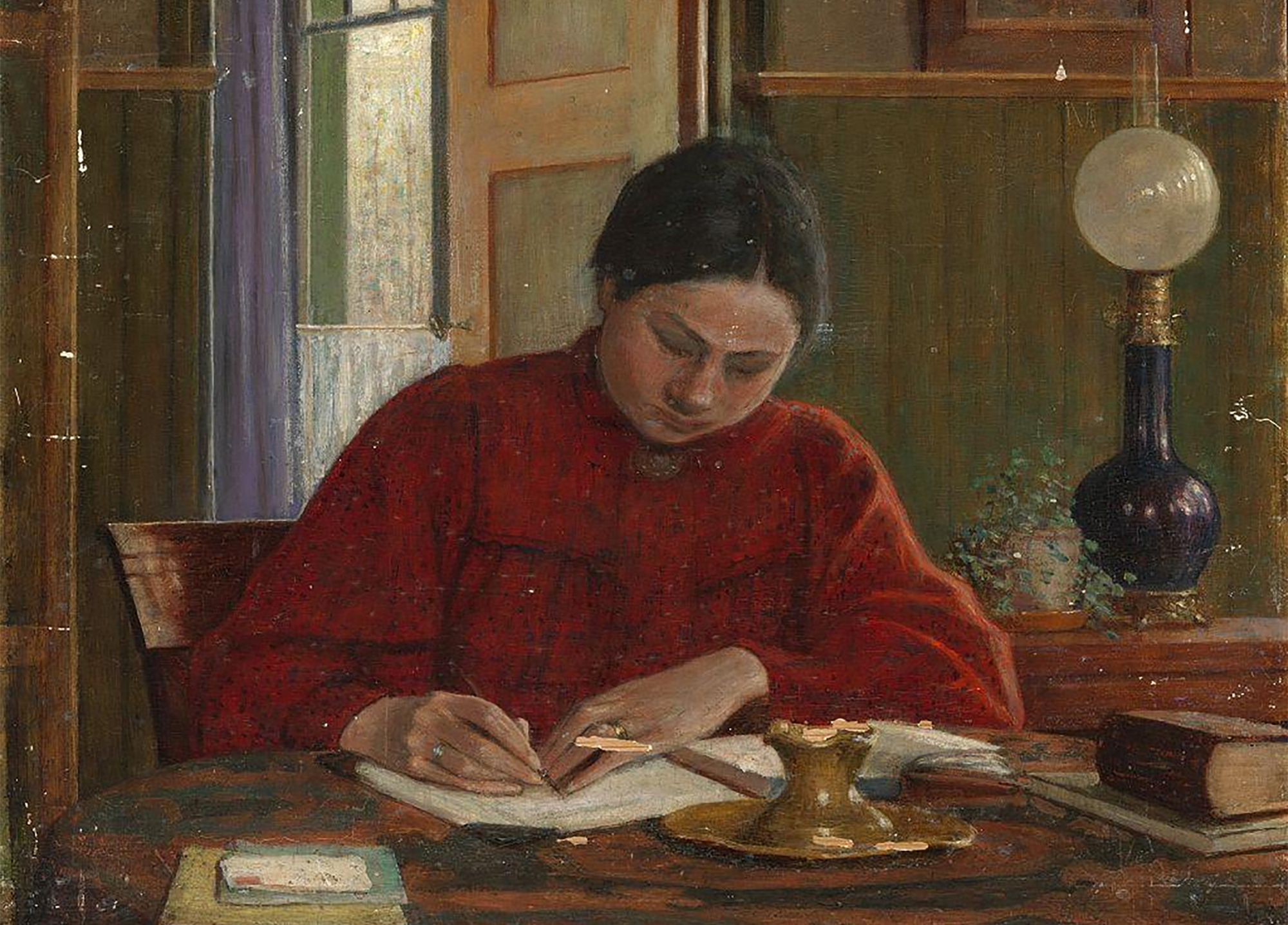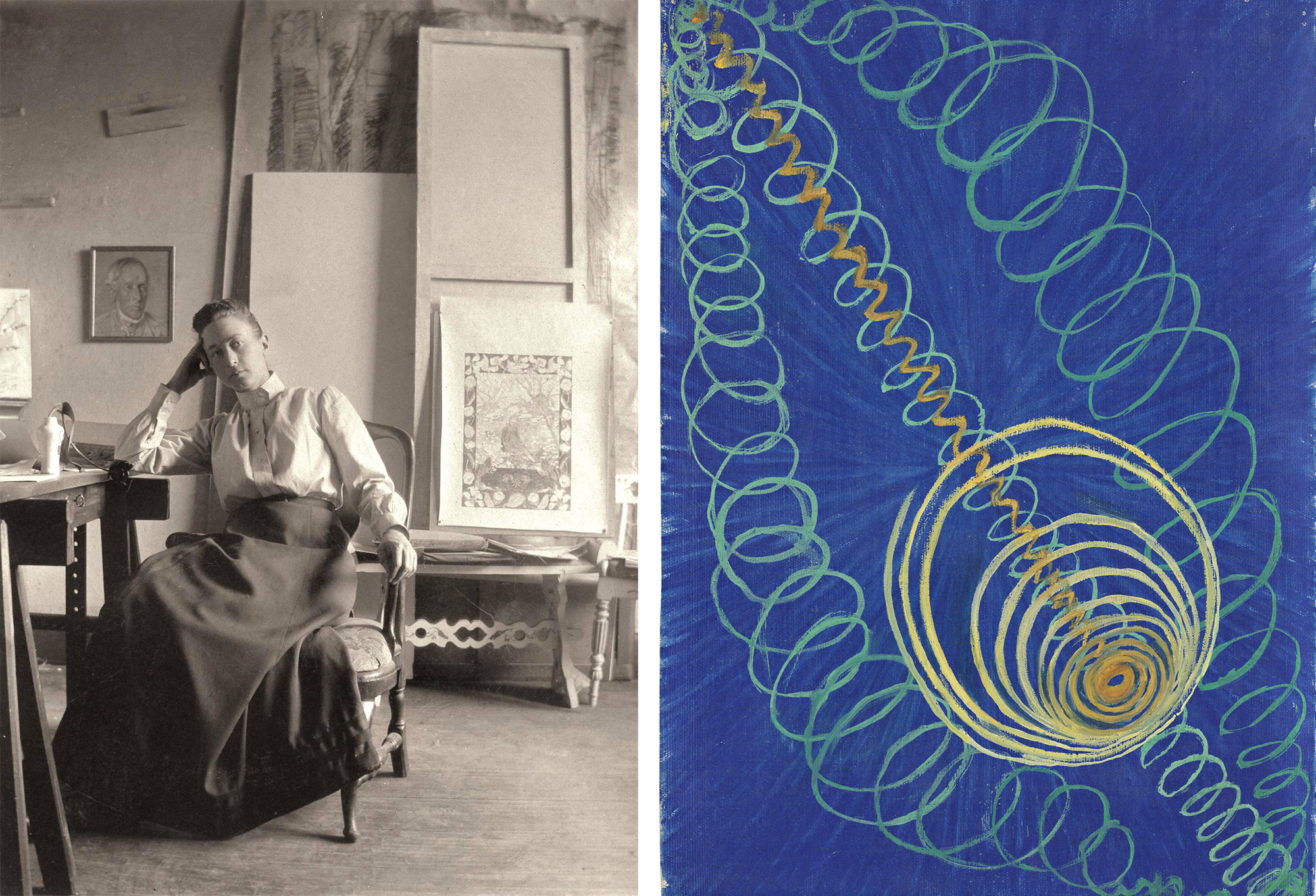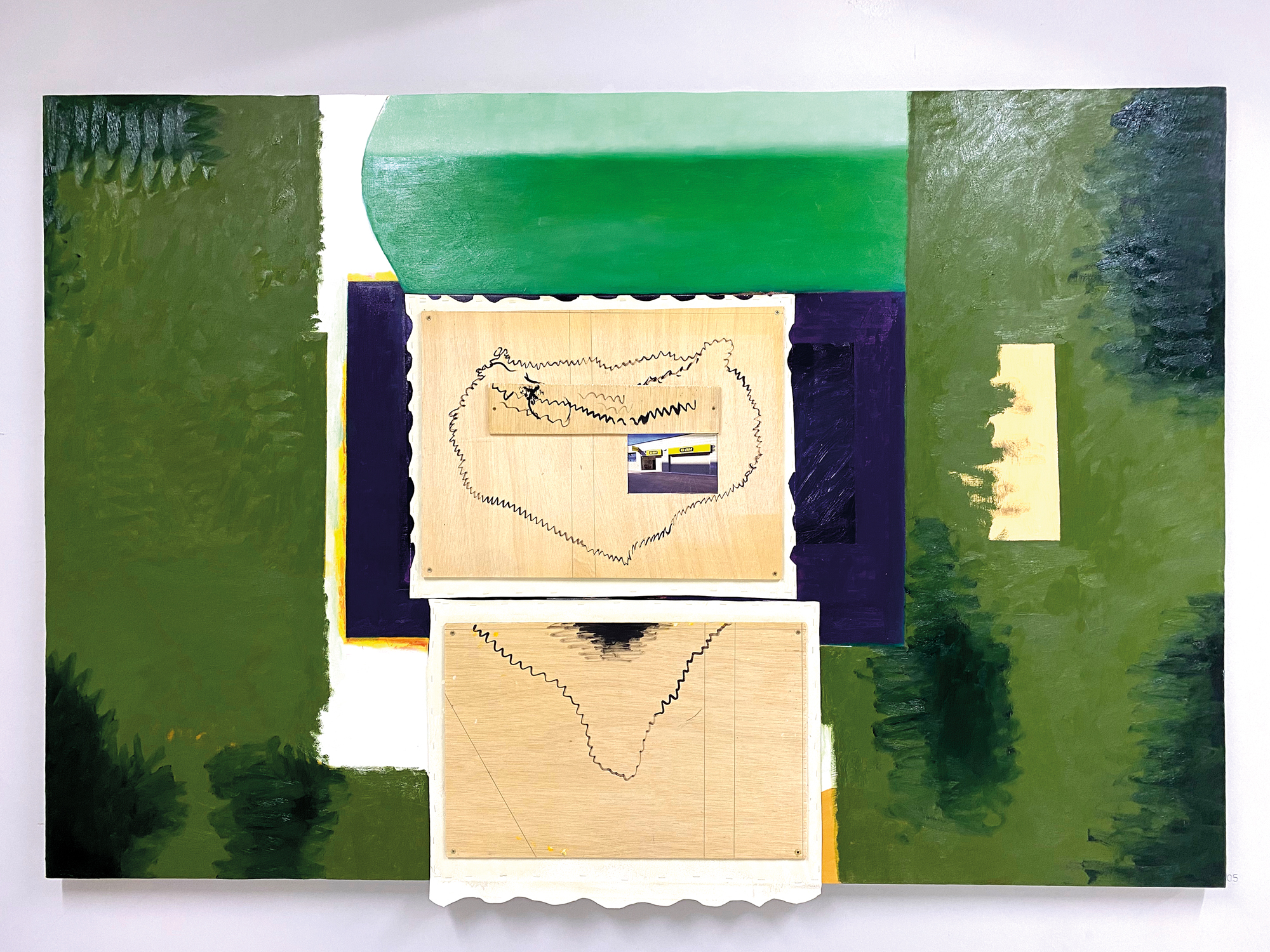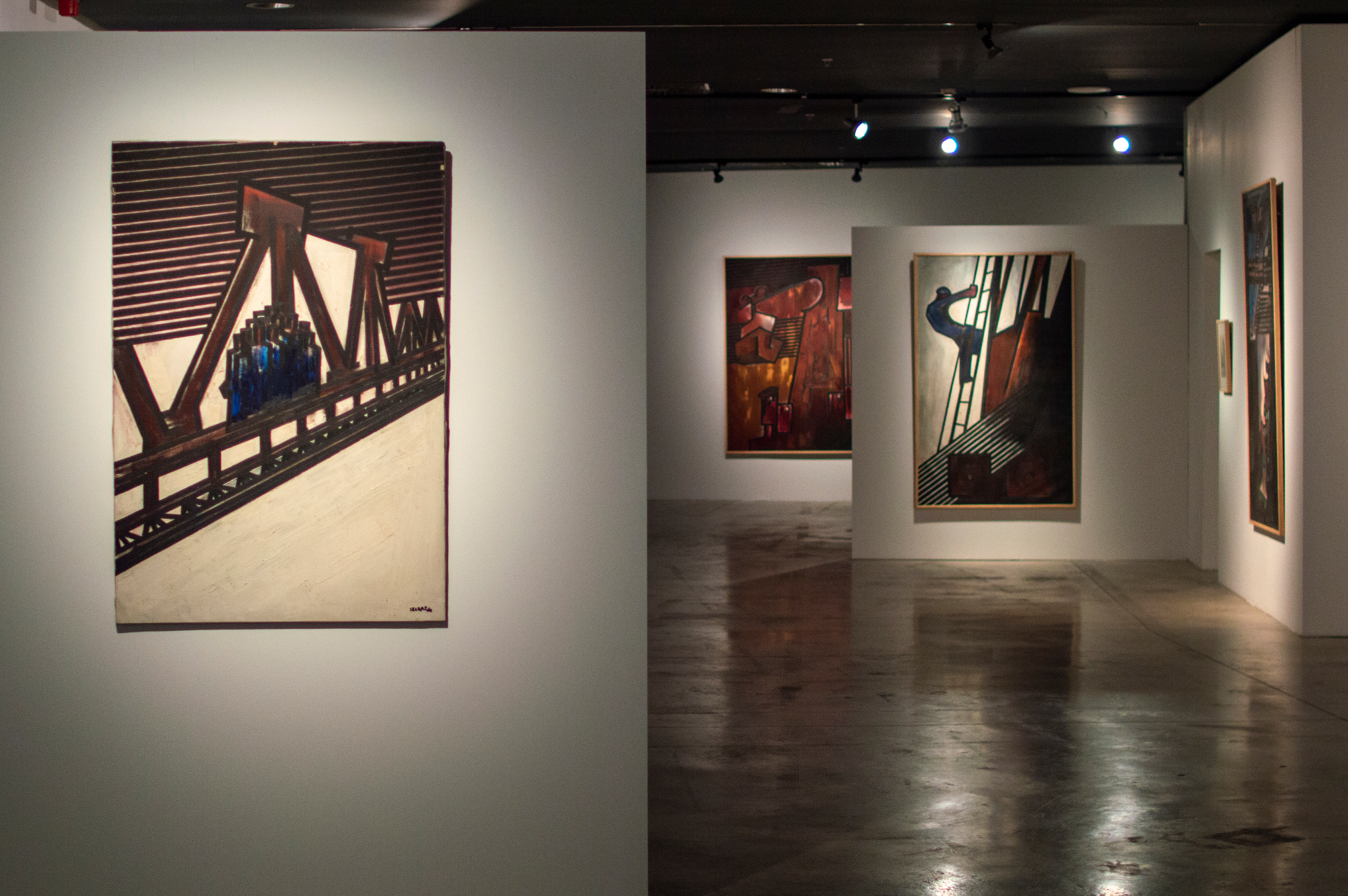Friendly Arias, outsider artist from Gaur, returns to the front line thanks to a donation to San Telmo.
- The San Telmo Museum has donated 61 aquarelas and 43 drawings of Cordiarias (1927-1984), by the hand of Maru Rizo, his partner in the last 14 years. The Main Theatre (Main Theatre) is the series with which they plan to perform an exhibition next year, as announced by Donostia Kultura.

Despite belonging today to the group, and therefore contemporary of Oteiza, Chillida, Basterretxea, Mendiburu, etc., the name of Amiable Arias has been somewhat extinguished in telling the history of Basque art. Xabier Gazarain asked why this happened in an article written about him in this medium: “Why was it so different from the other representatives of the Basque School? Because their work has not been used to represent the identity of a people, as the identity of others in that group has been used?”
These are not easily answered questions. What is clear is that the painter who was born in Bembimbre del Bierzo lived in San Sebastian from the age of 15. This is illustrated by the works recently received by the San Telmo Museum. “The donation of this series can only be considered as something very special,” according to art historian Mikel Lertxundi. “It is one of the artist’s first truly personal sets, regardless of the guidelines given by the initial teacher Ascensio Martiarena.”
These paintings were created between 1954 and 1959, when Arias helped his mother to work in the wardrobe of the Teatro Principal de San Sebastián. One of the peculiarities of the works received by San Telmo is: They went through the emblematic theater of the Old Party because it picks up the imaginary of the actors and artists of the world of the varietal reproductions of the mid-twentieth century. Arias saw actors, dancers, vedettes, comedians and musicians as he walked through the cloakroom of the Main Theater, characters starring the plays San Telmo has received.
“They are pieces of great appeal, but they also tell different stories. Almost everyone carries with them the memory of a feeling,” says Lertxundi. In addition to the 61 watercolors and 43 drawings mentioned, San Telmo has obtained a collection of autographed photographs dedicated to the artist.
They advance their intention to make an exhibition with this material. It will be inaugurated in 2023 and will be Commissioner Mikel Lertxundi himself. Taking into account the theme of the works, Dferia will be programmed within the theater festival.
Bussum (Netherlands), 15 November 1891. Johanna Bonger (1862-1925) wrote in his journal: “For a year and a half I was the happiest woman on earth. It was a long and wonderful dream, the most beautiful one I could dream of. And then came this terrible suffering.” She wrote... [+]








